Canada geese may be one of the most talkative animals after humans. Goslings, or baby geese, begin communicating with their parents while still in the egg! Once hatched, there is also evidence that they respond differently to different calls and noises from their parents, indicating a sophisticated level of communication." Read more
An excerpt from my BEE INSPIRED book:
"Bees have brought a savory sweetness into my life, just as surely as they bring sweetness to the table with their honey. They have been the light on my darker days. When I need to regenerate my weary soul, I head to where I know the bees are busy. I have my favorite spots where I bathe in their energy. I know how strange this sounds to non-bee people. How I would love to open their eyes and hearts to this simple joy and wonder of nature. I try capturing a little bit of their magic through my camera lens, but like all the best things in life, nothing compares to experiencing it in person. My hope with this book is that, as you flip through these pages, you will be inspired to get more familiar with these lovely creatures, and will also choose to learn about the plight of bees around the world as they face an uncertain future, right along with our own."
Answer: The woodpecker pecks, or beats its strong bill, into tree trunks or limbs for several reasons. First, this rapid drumming is used as a mating call. Second, the pecking creates a hole for a nest, with the wood chips it leaves forming a cushion for the woodpecker’s eggs. But most of the woodpecker’s pecking is done in search of food. Once the hole is made, the woodpecker’s long tongue shoots into the hole and spears insects on a barb at the tip of its tongue. A sticky saliva on the tongue also helps trap the food. source
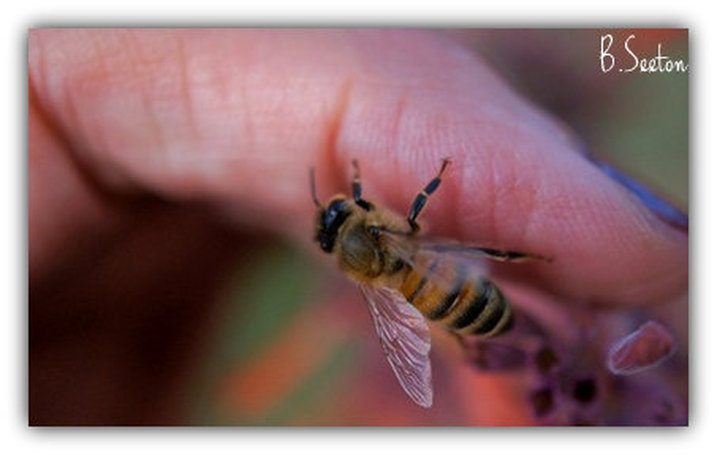


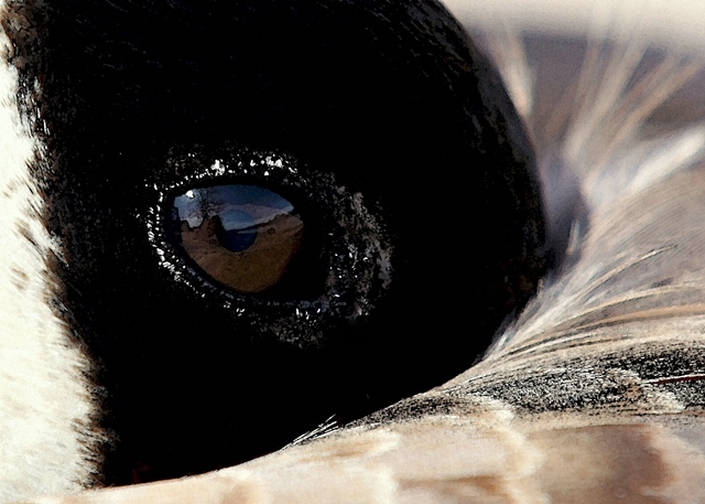

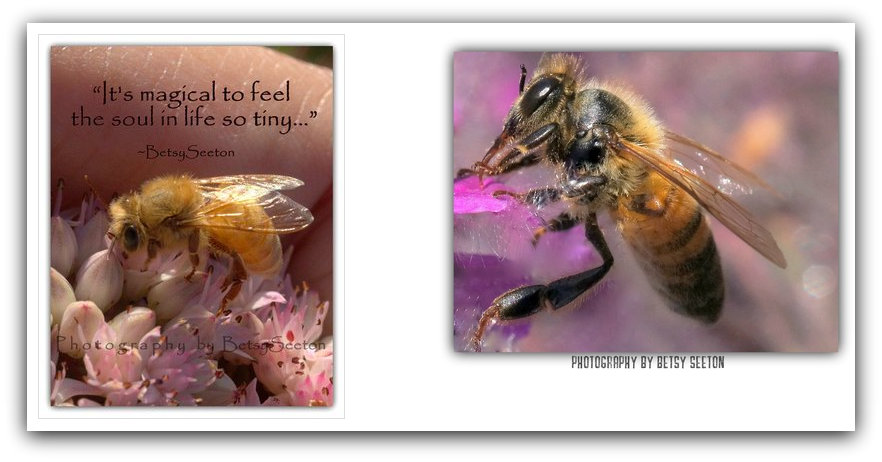

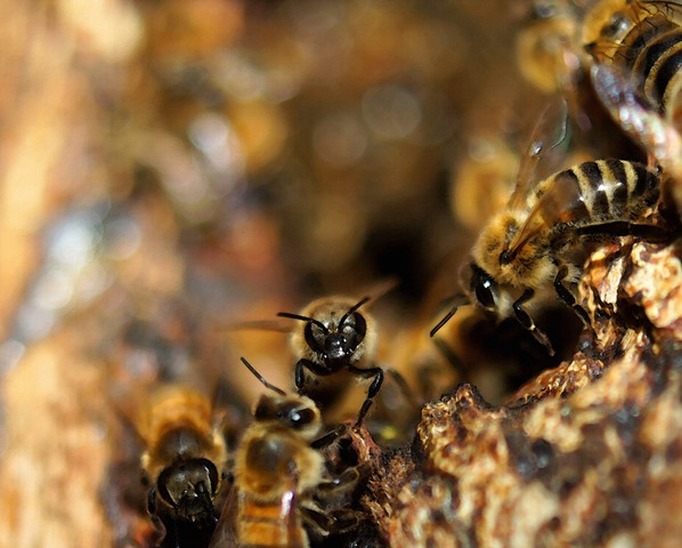




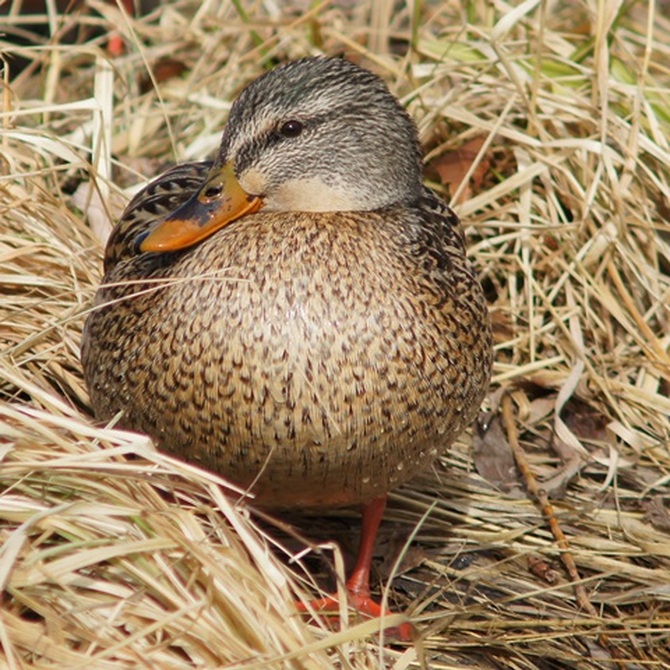
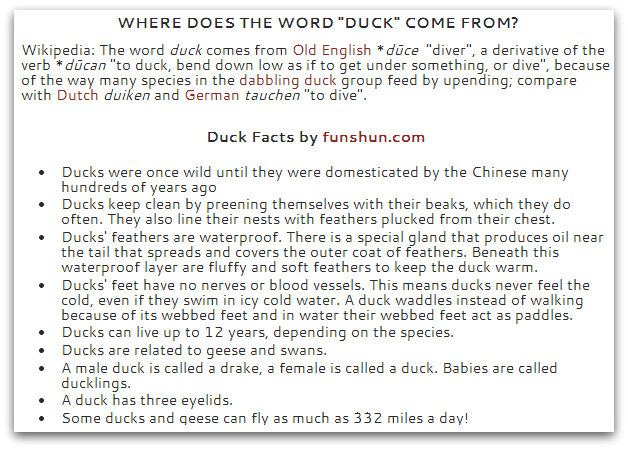
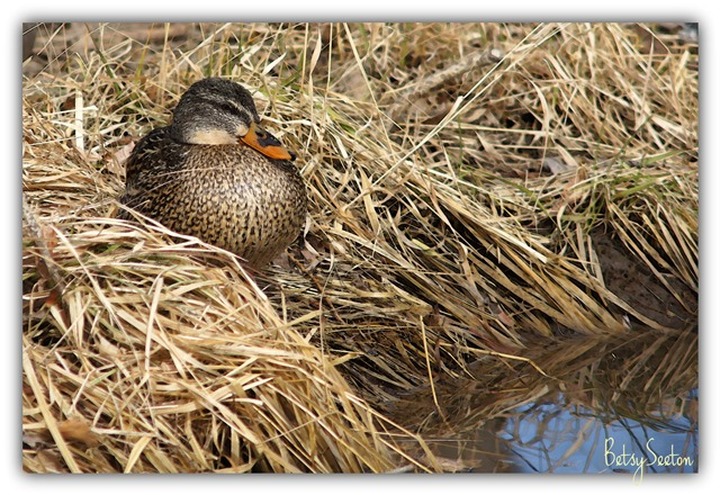



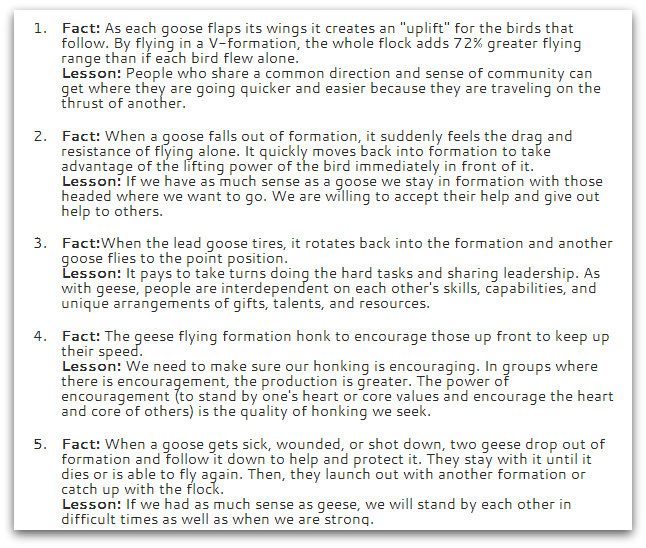


 RSS Feed
RSS Feed
